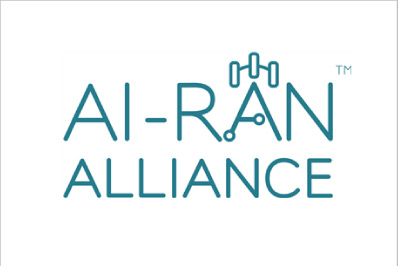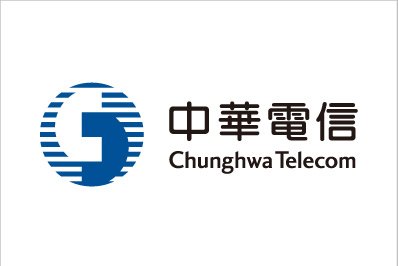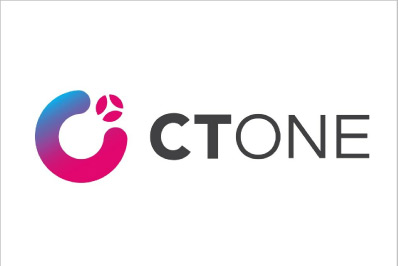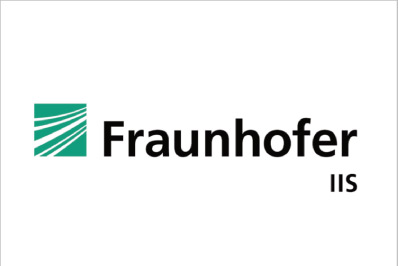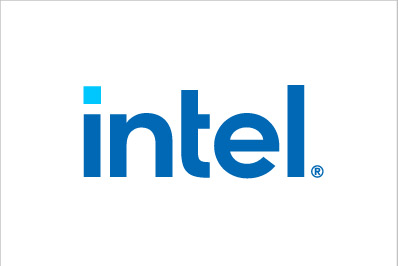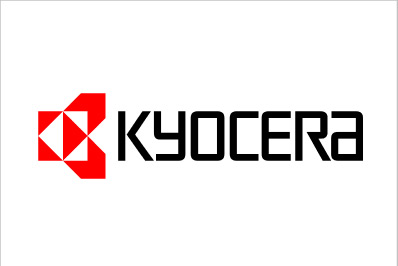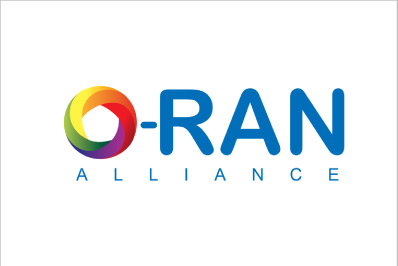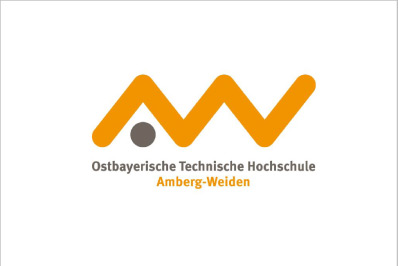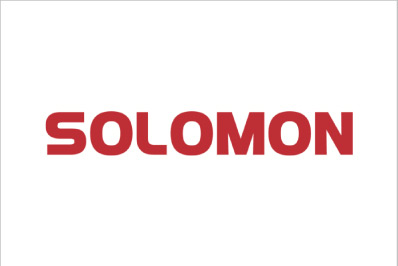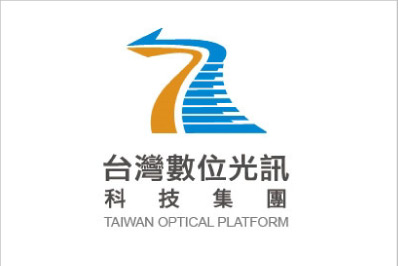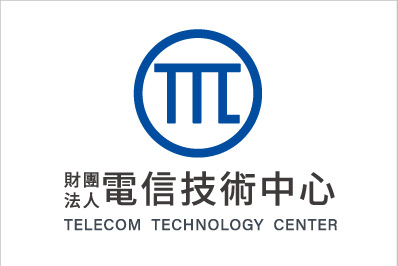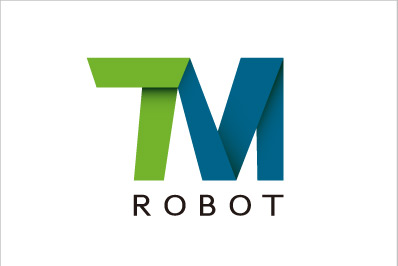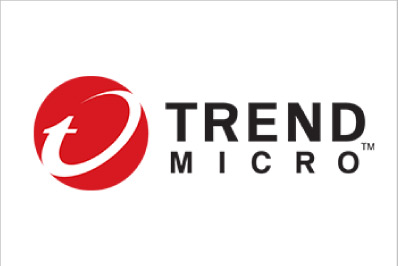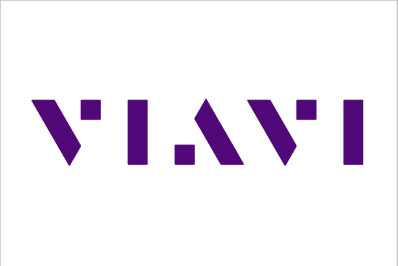OmniPOD Private 5G Solution
QCT OmniPOD is an end-to-end private 5G solution that unifies OmniCore (5G Core), OmniRAN (5G RAN), and OmniView (OAM system) into a turnkey package with fully integrated software, hardware, and services. The solution is built on a standalone (SA) architecture and complies with the 3GPP Release 16 standard. Designed in-house with best-of-breed expertise, OmniPOD empowers diverse cross-vertical wireless communication applications with advanced network reliability, efficiency, and manageability.
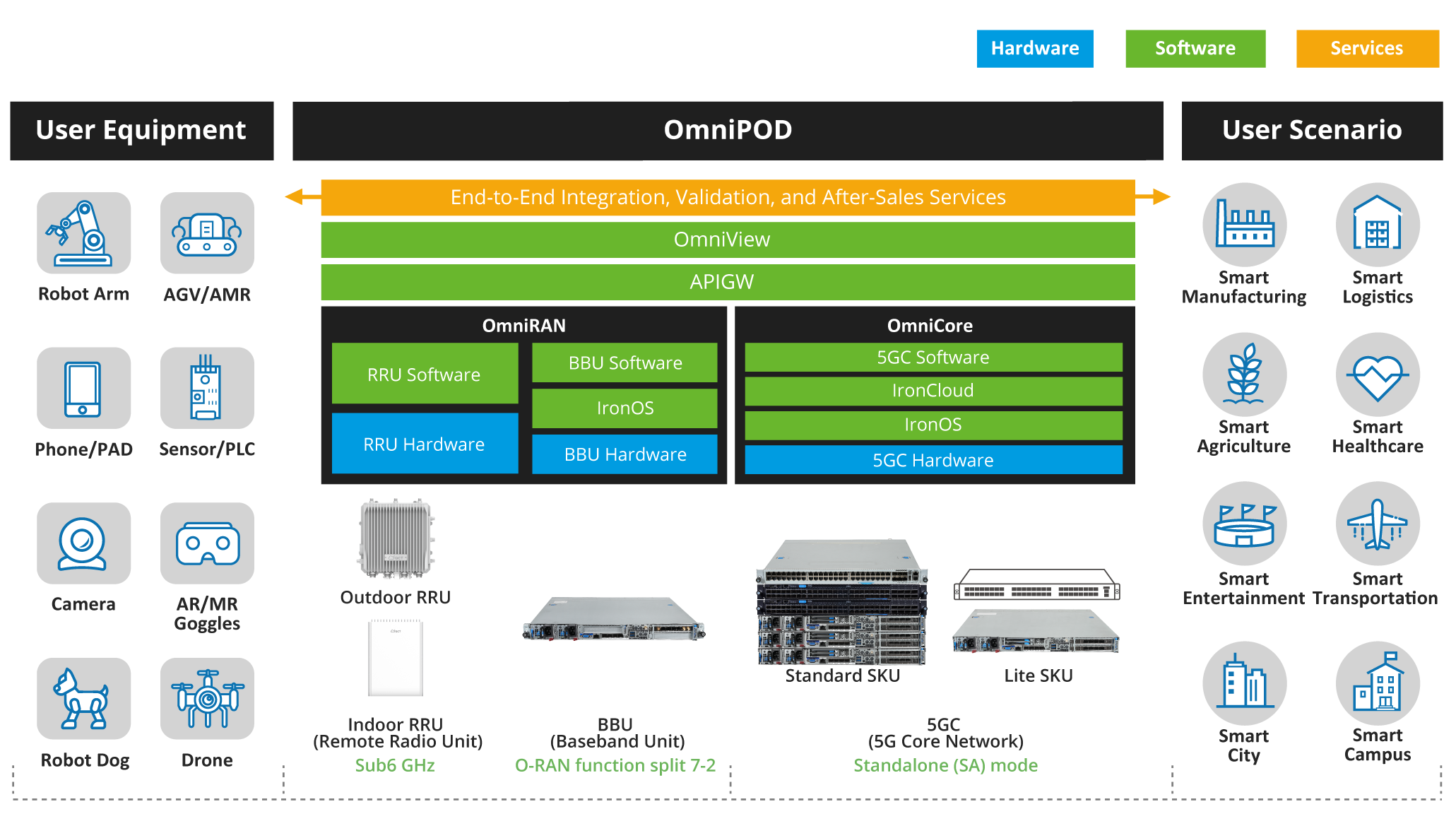
New Features

Cloud Native Design
Powered by QCT’s IronCloud platform, the 5G Core is built on a cloud-native foundation that ensures flexibility and reliability. It supports zero-touch, self-healing capabilities for network functions, maintaining continuous service even in the event of failures.

Multi Cells
A single BBU supports up to four cells, scaling base station capacity with seamless mobility. It allows flexible configuration across cells and adapts to both indoor and outdoor radio deployments.

Network Slicing
The resource blocks (RBs) within a fixed bandwidth can be partitioned and allocated to support applications with different SLA requirements simultaneously, maximizing the network asset efficiency.

URLLC
The system is validated for ultra-reliable low-latency communications, achieving packet delivery reliability above 99.999% and RTT latency below 9 ms.

End-to-End OAM with NBI
The network can be managed from Core to RAN through an intuitive graphical interface, while remaining open for third-party management integration via northbound interfaces (NBI).

5G-EIR
Enhanced security is provided through device-to-SIM binding policies that match device PEI (IMEI) with SUPI, enforcing strict UE access control.
A Germany-based PoC
QCT OmniPOD showcased their latest 5G product capabilities with healthcare innovation
Elevating Rally Racing with 5G Live Streaming
Experience the thrill of rally racing like never before—5G technology delivers the speed, bandwidth, and mobility needed for seamless, high-quality live streaming.
Case study: Private 5G empowers various user scenarios
Ecosystem partners
